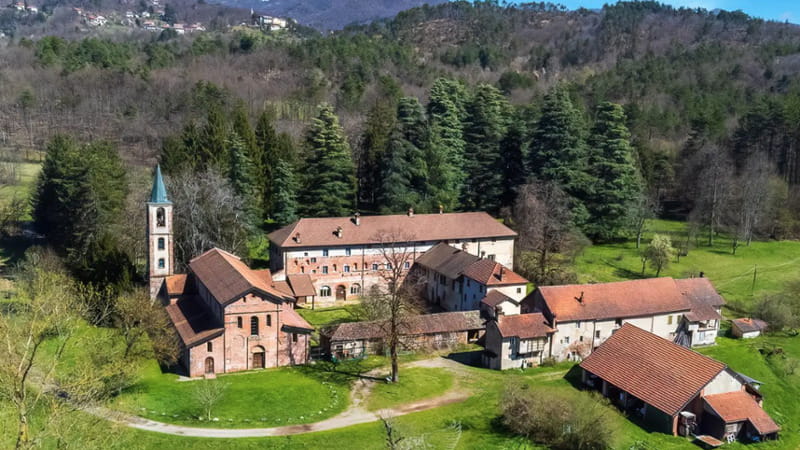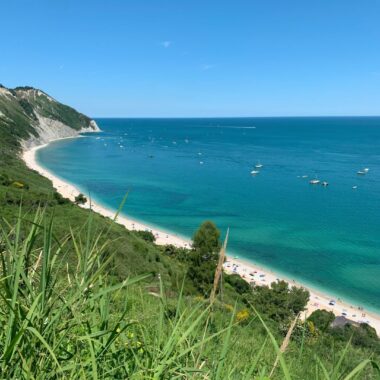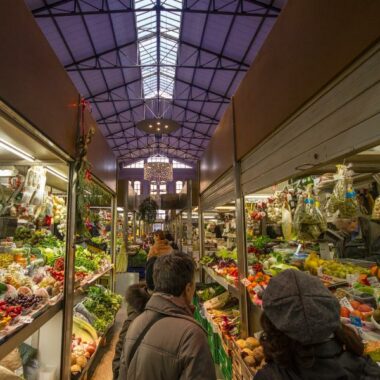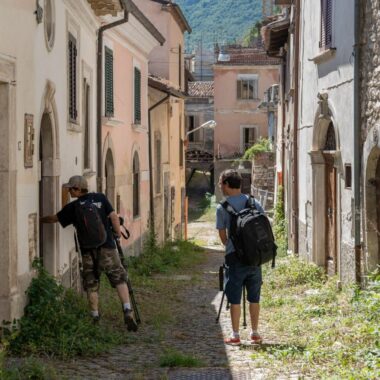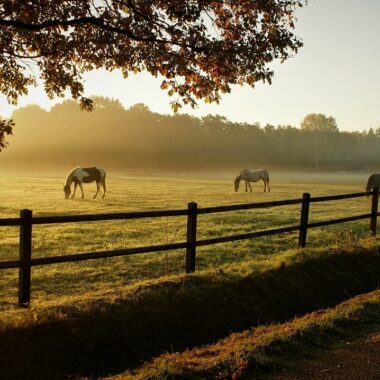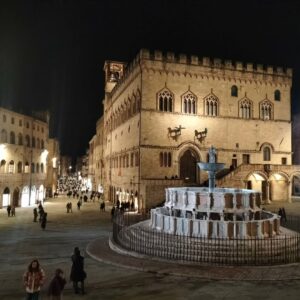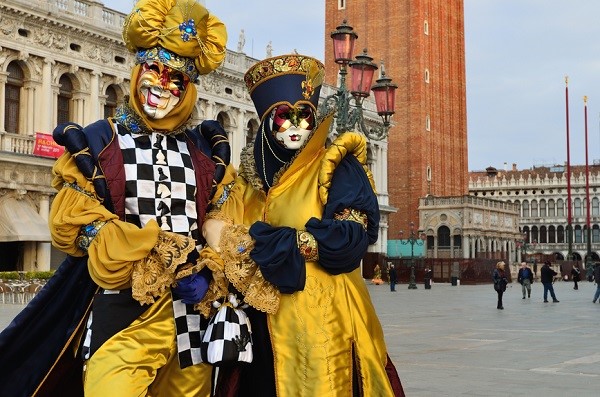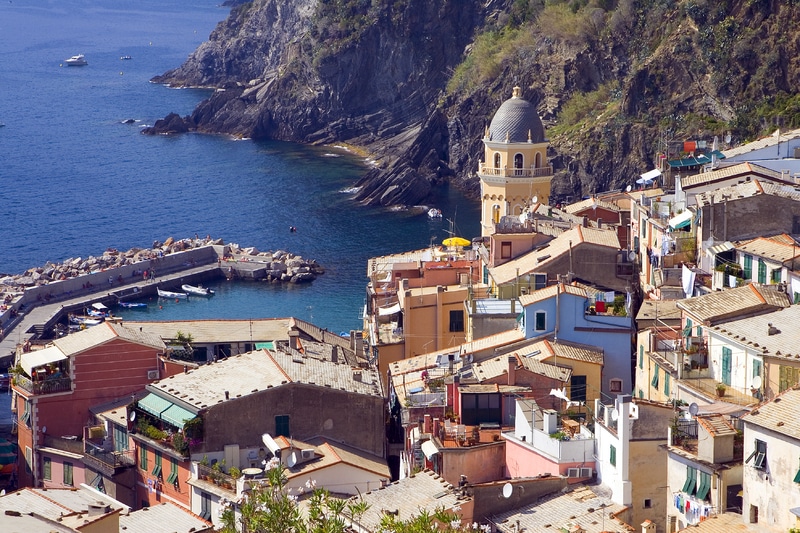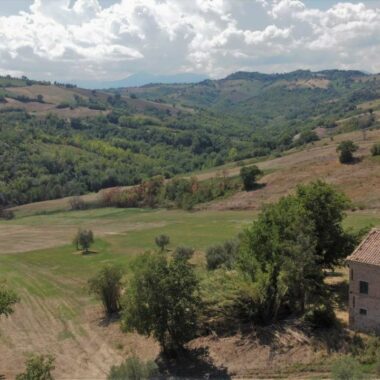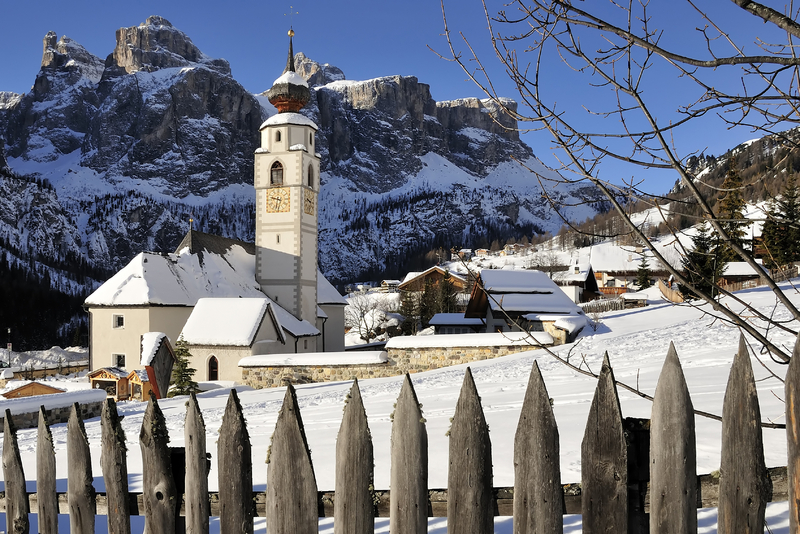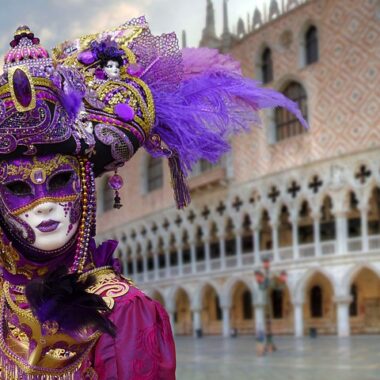Dating back to the 12th century, it has been passed down through generations by a wealthy Italian family. Today, the oldest Cistercian Abbey in Italy is on the market like any other luxury property.
Is it right to permanently privatize such a historic asset?
The price is top secret, and the negotiations are private, intended for the highest bidder. Should it remain open to the public as a common good, or would it still be ethical to transform it into a private resort for the highest bidder? Social media has ignited debate.
With 4200 square meters of interior space and 78 hectares of land, the abbey holds an inestimable historical, economic, and cultural value for Italy. It hosted the first community of Cistercian monks outside France and has witnessed much history, including Austrian occupation and the passage of French General Napoleon Bonaparte.
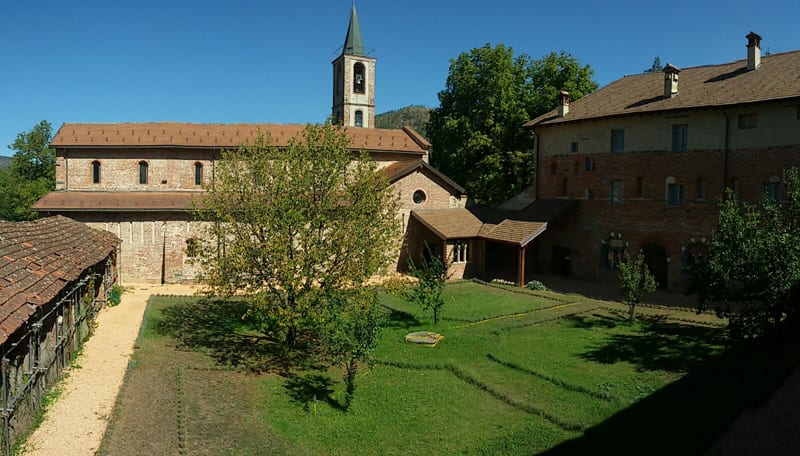
Over the centuries, the complex has gradually transformed, moving away from its original function. So, around 1400, it was secularized, and its management was entrusted to a layman. Since 1653, the abbey has been owned by the noble Salvago Raggi family, when it was entrusted to Lorenzo Raggi.
Under the Raggi family, the abbey has undergone significant transformations, making it less public. Specifically, these include moving the convent to the upper floor and transforming the first floor into a private residence.
The sale of the abbey has been reported to the superintendent
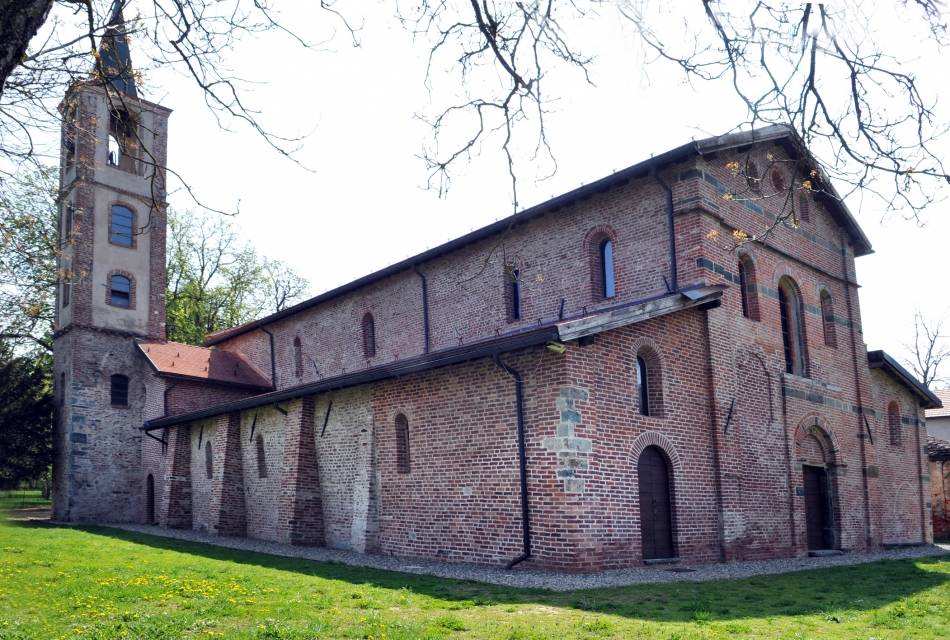
Overall, the announcement presented by Lionard, a luxury real estate agency, has raised several concerns. It seems the agency emphasizes the possibilities of transforming the complex into an ultra-luxury resort, exploiting its enviable landscape and the vast extent of the land. Indeed, it is in a privileged position: it is nestled in the Beigua Natural Park which currently manages its visits.
Art historian Anna Maria Dagnino does not agree with the choice to transform such a valuable historical asset, dating back to 1120, and has already sent a report to the superintendent. Basically, she and many others hope that the FAI (Italian Environmental Fund) can acquire the complex, ensuring public access as a cultural site open to visitors.
Moreover, if you want to learn more about the stories of other abbeys around Italy:
